Ansel Adams
"You don't take a photograph, you make it."
Ansel Adams (website) was an American photographer and environmentalist, best known for his iconic black-and-white landscape images of the American West. A pioneer of the photographic medium, Adams played a significant role in the development of photography as an art form and was an influential advocate for environmental conservation. His breathtaking images of national parks and wilderness areas continue to inspire photographers and nature enthusiasts around the world.
Early Life and Career
Born in San Francisco in 1902, Ansel Adams developed an early interest in both nature and photography. At the age of 14, he received his first camera and began exploring the wilderness of Yosemite National Park, which would become a lifelong passion and the primary subject of his photography.
Adams initially pursued a career as a concert pianist, but eventually, his love for photography and nature led him to dedicate himself fully to the art. In the 1920s and 1930s, he became involved with various photography groups, such as the Sierra Club and the f/64 Group, where he met influential photographers like Edward Weston and Imogen Cunningham. These connections helped Adams develop his photographic vision and build a career as a professional photographer.
Photographic Style and Techniques
Ansel Adams's photographic style is characterized by its sharp focus, exceptional detail, and dramatic use of light and shadow. He sought to capture the grandeur and beauty of the natural world, emphasizing the importance of preserving these pristine landscapes. Some key aspects of his style and techniques include:
Large Format Cameras: Adams primarily used large format cameras, such as the 8x10 inch view camera, which allowed him to capture an extraordinary level of detail and tonal range in his images.
The Zone System: Alongside fellow photographer Fred Archer, Adams developed the Zone System, a method for achieving precise control over exposure and development in order to optimize image quality and tonal range.
Visualizing the Final Image: Adams believed in the importance of pre-visualizing the final image before taking a photograph, considering factors such as composition, lighting, and exposure to create the desired outcome.
Environmental Conservation: Through his photography, Adams sought to inspire a greater appreciation for the natural world and to promote the importance of environmental conservation.
Career Highlights
Some notable highlights of Ansel Adams's career include:
Founding the f/64 Group in 1932, alongside photographers such as Edward Weston and Imogen Cunningham, which helped promote the idea of "pure" photography, emphasizing sharp focus and the use of the entire tonal range.
Receiving the Guggenheim Fellowship in 1946 and 1948, which supported his ambitious project to photograph national parks and wilderness areas across the United States.
Serving as a consultant on photographic and environmental issues for the Department of the Interior and the National Park Service, advocating for the preservation of natural landscapes.
Being awarded the Presidential Medal of Freedom in 1980 for his contributions to photography and environmental conservation.
Photography Gear
Ansel Adams used a variety of photography gear throughout his career, including:
Cameras: Adams primarily worked with large format cameras, such as the 8x10 inch Deardorff view camera, which provided exceptional image quality and control over focus and perspective.
Lenses: He utilized a range of lenses, from wide-angle to telephoto, allowing him to capture diverse perspectives and compositions in his landscape photography.
Tripods: Given the size and weight of his large format cameras, Adams relied on sturdy tripods to ensure stability and sharpness in his images.
Filters: Adams frequently used color filters, such as red or yellow, to enhance contrast and alter the tonal relationships within his black-and-white images.
Published Works
"Ansel Adams: An Autobiography": This personal account of Ansel Adams' life and work provides an intimate glimpse into the experiences and influences that shaped his iconic photography. The book offers a comprehensive overview of his journey as an artist and environmentalist.
"The Camera": As part of Adams' influential trilogy of photography books, "The Camera" offers technical and creative insights into the art of photography. It covers topics such as camera types, lenses, and composition, providing valuable knowledge for photographers at all levels.
"The Negative: Exposure and Development": In this second book of the trilogy, Adams delves into the intricacies of film exposure and development, sharing his expertise on achieving optimal results in both black-and-white and color photography.
"The Print": The final installment of Adams' trilogy focuses on the creation of high-quality photographic prints. The book covers techniques such as dodging, burning, and paper selection, enabling photographers to refine their printing skills.
"Ansel Adams' Yosemite: The Special Edition Prints": This stunning collection features some of Adams' most iconic Yosemite images. The book showcases the beauty of this remarkable landscape and the photographer's mastery of light and composition.
"Ansel Adams in the National Parks: Photographs from America's Wild Places": This compilation of Adams' work showcases his photographs from various national parks across the United States. The images reveal the breathtaking beauty of these natural landscapes and highlight Adams' commitment to environmental conservation.
Quotes
"You don't take a photograph, you make it."
"When words become unclear, I shall focus with photographs. When images become inadequate, I shall be content with silence."
"A great photograph is one that fully expresses what one feels, in the deepest sense, about what is being photographed."
"There is nothing worse than a sharp image of a fuzzy concept."
"The single most important component of a camera is the twelve inches behind it."
Legacy and Influence
Ansel Adams's legacy as a master of landscape photography and a tireless advocate for environmental conservation endures today. His innovative techniques, such as the Zone System, have influenced generations of photographers, including Clyde Butcher, Michael Kenna, and John Sexton. Adams's work has also had a lasting impact on the broader visual arts and environmental movements, inspiring countless artists and nature enthusiasts alike.
By capturing the grandeur and beauty of the American West, Ansel Adams not only transformed the way we see and appreciate nature but also played a pivotal role in shaping photography as an art form. His enduring dedication to environmental conservation and his unparalleled mastery of the photographic medium continue to inspire photographers to explore the world around them and to use their art to make a difference.
Jonas Bendiksen
“Editing is as important as the actual photographing.”
Jonas Bendiksen (website) is a Norwegian documentary photographer, known for his powerful storytelling and ability to capture the essence of his subjects. He is a member of the prestigious Magnum Photos agency and has received numerous awards for his work. Bendiksen has gained international recognition for his photo essays exploring life in remote, marginalized, and often overlooked communities.
Early Life and Career
Born in 1977 in Norway, Jonas Bendiksen developed an early interest in photography. He studied at the London College of Printing, where he honed his photographic skills and developed his unique storytelling style. In 2000, he began working as a freelance photographer, eventually joining Magnum Photos in 2004 as a nominee and becoming a full member in 2008.
Throughout his career, Bendiksen has worked on various long-term projects, often spending years documenting his subjects to create a more in-depth understanding of their lives and cultures. His work has taken him to places such as Russia, Bangladesh, and Kenya, capturing the unique stories of the people living there.
Photographic Style and Techniques
Jonas Bendiksen is known for his empathetic approach to documentary photography, capturing the daily lives and struggles of his subjects in a way that is both visually captivating and emotionally powerful. He uses natural light and a keen eye for composition to create images that are both beautiful and thought-provoking.
His photographic style is characterized by his ability to immerse himself in the lives of his subjects, often living with them for extended periods to gain a deeper understanding of their experiences. This approach enables Bendiksen to capture intimate, candid moments that tell the stories of the people he photographs in a genuine and honest way.
Career Highlights
Bendiksen's first major project, "Satellites," documented life in remote and impoverished communities in the former Soviet Union. This work was published as a critically acclaimed book and received several awards.
His project "The Places We Live" explores the lives of people living in slums around the world, showcasing their resilience and resourcefulness in the face of adversity.
Bendiksen's most recent project, "The Last Testament," examines the lives of seven individuals who claim to be the Messiah, offering a fascinating insight into contemporary religious beliefs and practices.
Photography Gear
Bendiksen occasionally uses a Canon 5D Mark III for assignments that require more versatility or when shooting in low-light conditions.
Published Photo Books
"The Last Testament": In this ambitious and imaginative project, Bendiksen explores the lives of seven individuals who claim to be the biblical Messiah returned. The book combines photographs, interviews, and texts, offering a thought-provoking examination of faith, identity, and the human need for belief.
"The Book of Veles": This collection of photographs by Bendiksen delves into the lives and landscapes of various communities in the former Soviet Union. The images provide a fascinating insight into the cultural, religious, and social dynamics of these regions and their inhabitants.
"Satellites - Photographs from the fringes of the former Soviet Union": In this captivating book, Bendiksen documents the lives of people living in the far-flung reaches of the former Soviet Union. The photographs reveal the resilience and adaptability of these communities, as they navigate the complex legacy of Soviet rule and the challenges of the post-Soviet era.
"The Places We Live": This powerful book takes an intimate look at the lives of families living in slums across four continents. Bendiksen's empathetic and revealing photographs, paired with personal testimonies, shine a light on the human experience in these challenging environments, emphasizing the dignity and strength of the people who call them home.
Quotes
"I'm interested in how people create meaning in their lives, and how they deal with adversity."
"Photography is like a treasure hunt; you're always searching for that perfect moment, that perfect light."
"The camera is a tool for getting to know the world and the people in it."
"I think the most important quality for a documentary photographer is empathy. You need to be able to put yourself in your subjects' shoes and understand their lives from their perspective."
"I don't believe in objective truth, but I believe in the power of storytelling to bring us closer to understanding each other and the world around us."
Legacy and Influence Jonas Bendiksen's work has left a lasting impact on the world of documentary photography, inspiring a new generation of photographers to approach their subjects with empathy, curiosity, and a desire to tell authentic stories. His ability to connect with his subjects and immerse himself in their lives has resulted in powerful, intimate, and thought-provoking images that challenge viewers to reconsider their preconceptions about the world.
Bendiksen's influence can be seen in the work of other notable documentary photographers who share a similar style, such as Alec Soth, Steve McCurry, and Pieter Hugo. These photographers, like Bendiksen, are known for their ability to tell compelling stories through their images and their focus on portraying the human experience with sensitivity and respect.
In addition to his influence on fellow photographers, Bendiksen's work has also had a wider impact on the way people perceive and understand the lives of those living in marginalized and often overlooked communities. His projects have raised awareness of the challenges faced by these individuals and have helped to foster a greater sense of empathy and understanding among viewers.
In conclusion, Jonas Bendiksen's legacy as a documentary photographer is one of powerful storytelling, empathy, and a relentless pursuit of truth. His work continues to inspire photographers worldwide and serves as a testament to the power of photography to bridge divides and bring people closer together.
Dotan Saguy
“If you want to make a small fortune as a photographer, start with a big fortune“
Dotan Saguy (website) is a renowned documentary photographer known for his compelling visual narratives that reveal the beauty and complexity of human life. His work captures the essence of diverse communities and cultures, inviting viewers to explore and understand the world around them.
Early Life and Career
Dotan Saguy was born and raised in Israel, where he developed a passion for photography at a young age. He later moved to the United States to study film and photography at the prestigious Art Center College of Design in Pasadena, California. After completing his studies, Saguy began his career as a documentary photographer, focusing on capturing the human condition in various communities and cultures.
Photographic Style and Techniques
Saguy's photographic style is characterized by its candidness and authenticity, with a strong emphasis on storytelling. He strives to document the everyday lives of people, revealing their individuality and humanity. His work often explores themes of social and cultural issues, showcasing the resilience and strength of the human spirit.
To capture these intimate moments, Saguy immerses himself in the communities he photographs, building trust and rapport with his subjects. This allows him to create genuine and emotional connections that translate into powerful images. His photographs are often shot in black and white, which adds depth and timelessness to his work.
Other notable documentary photographers with a similar style are Sebastião Salgado, Mary Ellen Mark, and Dorothea Lange.
Career Highlights
Throughout his career, Dotan Saguy has received numerous accolades and recognition for his outstanding work in documentary photography. Some of his most notable achievements include:
Winning the prestigious Leica Oskar Barnack Award for his series "Venice Beach: The Last Days of a Bohemian Paradise."
Being a finalist in the World Press Photo contest.
Having his work featured in prominent publications such as National Geographic, The Guardian, and The New York Times.
Exhibiting his photographs in prestigious galleries and museums worldwide.
Photography Books
"Venice Beach: The Last Days of a Bohemian Paradise" by Dotan Saguy: This visually stunning book captures the unique spirit and vibrant culture of Venice Beach, California. Saguy documents the community's eclectic mix of artists, street performers, and colorful characters before gentrification started to change the neighborhood. The book serves as a tribute to the bohemian paradise that once was and a reminder of the importance of preserving cultural diversity in urban spaces.
"Nowhere to go but Everywhere" by Dotan Saguy: In this compelling photo book, Saguy follows the life of a family who has chosen to live on the road, exploring the United States in their converted school bus. The book delves into the unconventional lifestyle they have chosen, the challenges they face, and the joys of living a nomadic existence. Saguy's intimate photographs capture the family's resilience and their pursuit of freedom, offering an inspiring glimpse into an alternative way of life.
Photography Gear
Dotan Saguy uses various equipment to capture his evocative images. Some of the key gear in his arsenal includes:
Leica M10: A high-performance digital rangefinder camera known for its exceptional image quality and unobtrusive design, perfect for documentary photography.
Leica M6: A classic film rangefinder camera that offers a timeless aesthetic and incredible reliability.
Leica 35mm f/2 Summicron lens: A versatile and sharp lens that provides excellent image quality and low-light performance, ideal for capturing candid moments.
Leica 50mm f/2 Summicron lens: A compact and lightweight lens that offers great detail and depth for portrait and documentary photography.
These tools enable Saguy to create his captivating images while maintaining the intimacy and candidness that define his work.
QUOTES
“If you want to make a small fortune as a photographer, start with a big fortune“
“I don’t need to worry about booking assignments or looking to freelance,”
“I got bored of travel photography, and decided I wanted to challenge myself,”
“If there’s a Coke bottle in the sand, you can’t stage it out. You can’t ask anyone to take it out. You can’t photoshop it. You can’t add anything. Patience is where it’s at.”
Legacy and Influence
Dotan Saguy's work has left an indelible mark on the world of documentary photography. His ability to capture the essence of humanity in his images has inspired countless photographers to pursue similar paths, fostering a deeper appreciation for the power of visual storytelling. Saguy's photographs not only document the lives of diverse communities but also encourage a sense of empathy and understanding among viewers, bridging cultural and social divides.
Other notable documentary photographers with a similar style are Susan Meiselas, Bruce Davidson, and Alex Webb. Like Saguy, these photographers excel at capturing the human condition and presenting it in a visually compelling and authentic manner.
In conclusion, Dotan Saguy's work stands as a testament to the power of documentary photography to connect us and provide insight into the lives of others. Through his dedication to his craft and his unique approach to capturing the human spirit, Saguy continues to be a major influence in the world of photography.
Mary Ellen Mark
“You don't need to retouch if you know how to light.”
Mary Ellen Mark (1940-2015) was an American documentary photographer known for her compelling black-and-white images that captured the lives of people living on the margins of society. Her empathetic approach to photography and her ability to connect with her subjects enabled her to produce intimate and powerful images that have left a lasting impression on the world of photography.
Early Life and Career
Mary Ellen Mark was born in Philadelphia, Pennsylvania, in 1940. She developed an interest in photography during her high school years and later studied painting and art history at the University of Pennsylvania. She eventually earned a Master's degree in photojournalism from the Annenberg School for Communication at the same university.
In the 1960s, Mark began her career as a freelance photographer, working for various publications, including Life, Rolling Stone, and The New Yorker. Over the years, she received numerous awards for her work, including three Robert F. Kennedy Journalism Awards, the World Press Photo Award, and the Infinity Award for Journalism.
Photographic Style and Techniques
Mark's documentary photography style was characterized by her ability to connect with her subjects, often spending extended periods with them to gain their trust and capture their true emotions. She focused on people living on the fringes of society, including the homeless, drug addicts, and sex workers.
Her black-and-white images were marked by strong contrast and a rich tonal range, which emphasized the emotions and expressions of her subjects. Mark was also known for using medium-format cameras, primarily the Rolleiflex, which allowed her to achieve a high level of detail and clarity in her images.
Career Highlights
Some of Mary Ellen Mark's most significant projects include:
"Ward 81" (1976): A series documenting the lives of female patients at the Oregon State Mental Hospital.
"Falkland Road" (1981): A body of work capturing the lives of sex workers in Mumbai, India.
"Streetwise" (1983): A project focused on the lives of homeless children in Seattle, which was later turned into an Academy Award-nominated documentary film.
"Twins" (2003): A series of portraits of identical twins taken at the Twins Days Festival in Twinsburg, Ohio.
Photography Gear
In her quest for unique imagery, Mark employs a diverse range of equipment, from 35mm to large-format 4x5 cameras. She often uses the Leica M6 TTL rangefinder and Canon EOS-IN with various lenses for her 35mm work, while occasionally opting for the Hasselblad X-Pan. For medium format photography, Mark works with Hasselblad and Mamiya 7 cameras. When it comes to 4x5 equipment, she prefers Linhof with 120- or 135mm lenses. Mark enjoys switching between systems to capitalize on their distinct capabilities.
Published Photo Books
"Ward 81: Voices" by Mary Ellen Mark and Karen Folger Jacobs: This powerful book documents the lives of women in Ward 81, a maximum-security ward in the Oregon State Hospital. Through her empathetic and honest photographs, Mary Ellen Mark captures the daily reality of these women, while Karen Folger Jacobs provides insightful interviews and observations.
"Mary Ellen Mark on the Portrait and the Moment: The Photography Workshop Series": In this book, Mary Ellen Mark shares her insights on portrait photography, including the importance of the moment and the emotional connection between the photographer and subject. The book offers valuable tips and techniques, as well as a selection of her iconic portraits.
"Seen Behind the Scene" by Mary Ellen Mark: This collection features Mark's behind-the-scenes photographs from various film sets, showcasing her unique ability to capture the essence of movie-making. The book offers a fascinating glimpse into the world of cinema through the eyes of one of the most celebrated documentary photographers.
"Mary Ellen Mark: Tiny, Streetwise Revisited": This book revisits the subjects of Mark's earlier "Streetwise" series, focusing on Tiny, a young girl living on the streets of Seattle. The book documents her life over three decades, offering a poignant exploration of the impact of poverty and addiction.
"Mary Ellen Mark: An American Odyssey 1963-1999": This comprehensive retrospective showcases the breadth and depth of Mark's work, featuring her iconic images from around the world. The book highlights her ability to connect with her subjects and capture the human experience in a compassionate and honest manner.
"Falkland Road" by Mary Ellen Mark: This groundbreaking book documents the lives of the women working in the red-light district of Bombay, India. Through her intimate and compassionate photographs, Mark offers a rare glimpse into their daily lives, providing a moving portrayal of resilience and humanity.
Quotes
"The obsessions we have are pretty much the same our whole lives. Mine are people, the human condition, life."
"I'm just interested in people on the edges. I feel an affinity for people who haven't had the best breaks in society."
"I've always been interested in photographing people who are not part of the mainstream."
"The most difficult thing for me is a portrait. You have to try and put your camera between the skin of a person and their shirt."
"To take a photograph is to align the head, the eye, and the heart. It's a way of life."
Legacy and Influence
Mary Ellen Mark's photography has had a profound impact on the field of documentary photography, inspiring generations of photographers to explore the lives of marginalized individuals and communities. Her ability to connect with her subjects on a deeply emotional level has set a high standard for empathetic and compassionate storytelling in the world of photography.
Other notable photographers with similar style are: Diane Arbus, Dorothea Lange, Susan Meiselas, and Sebastião Salgado. These photographers, like Mark, have focused on capturing the human condition and the lives of people who are often overlooked or marginalized by society.
Throughout her career, Mary Ellen Mark not only documented the lives of people living on the fringes of society, but she also used her photography as a tool for raising awareness about social issues and advocating for change. Her work has left a lasting legacy, inspiring photographers around the world to approach their subjects with empathy, respect, and an unyielding commitment to telling the truth.
Susan Kandel
“I was attracted to the infinite possibilities of what I could make happen in a small rectangle”
Susan Kandel, b. 1949
American born photographer Susan Kandel wasn't particularly interested in photography at a young age. She started with photography when she received her first camera as a graduation gift after college. "It hadn't occurred to me to want [camera]” but she took it with her on a road trip and discovered that with a camera you see all these things you haven’t noticed before.
She attended classes at Creative photography lab at MIT where she also partly worked in exchange for the classes and and she continued to receive an MFA at Massachusetts College of Art.
Her At Home book published by Stanley Barker is a project Susan spent more than 10 years on and she photographed many families at their homes. “I just kept showing up and became part of their lives” "I hear other photographers say they've got to get to know people first before they can photograph them. I'm sure that's true for a lot of people, but I skipped it and got to know them by photographing them,"
Books:
At Home: In October 1979, Pope John Paul II came to the Boston Common. Susan Kandel was there taking pictures of families who’d come to see him, carrying on with work she had started months earlier photographing families at Revere Beach.
QUOTES:
" I love it when there's a million things going on at once and it's a challenge to make them all work within a frame"
"I hear other photographers say they've got to get to know people first before they can photograph them. I'm sure that's true for a lot of people, but I skipped it and got to know them by photographing them,"
“I just kept showing up and became part of their lives”
“I was attracted to the infinite possibilities of what I could make happen in a small rectangle”
“With photography, you start with what’s out there in the world and then select a piece of time and space to capture in your rectangle.”
“I wasn’t there to see the Pope, but rather the crowd”
“I liked rooms that had some evidence of the lives of folks who lived there”
“I came to realise that some families would be in the same spots day after day, year after year. The families knew each other and knew where to find each other. I focused in on some families who let me get closer.”
DID YOU KNOW?
Her At Home book published by Stanley Barker is a project Susan spent more than 10 years on and she photographed many families at their homes
Susan Kandel wasn't particularly interested in photography at a young age.
During the workshop with Garry Winogrand he took special interest in her work
Fan Ho
“Photography needs to be haunting and worth remembering”
Fan Ho, a celebrated Chinese street photographer, was known for his captivating images of Hong Kong during the 1950s and 1960s. Often referred to as the "Cartier-Bresson of the East," Fan Ho's work showcases the beauty and complexity of a rapidly changing city. His photographs offer a unique glimpse into the lives of ordinary people during a time of great social and political upheaval.
Early Life and Career
Born in Shanghai in 1931, Fan Ho moved to Hong Kong with his family in 1949. He began exploring photography at the age of 13, using a Rolleiflex camera given to him by his father. He quickly developed a passion for the medium and started capturing the streets and people of Hong Kong.
Fan Ho's talent was recognized early on, and his work was exhibited in numerous local and international exhibitions. He went on to become an award-winning photographer, winning over 280 awards from prestigious organizations such as the Photographic Society of America and the Royal Photographic Society of Great Britain.
Photographic Style and Techniques
Fan Ho's photographic style is characterized by his remarkable use of light and shadow. He often shot in the early morning or late afternoon when the sun was low in the sky, creating dramatic and atmospheric images. His compositions are carefully constructed, with an emphasis on geometry and the interplay of light and darkness.
In addition to his mastery of light, Fan Ho had a keen eye for capturing the essence of his subjects. His images often feature the contrast between old and new, highlighting the rapid modernization of Hong Kong during that period. He had a particular affinity for photographing children, showcasing their innocence and resilience against the backdrop of a changing city.
Career Highlights
Some of Fan Ho's most iconic images include "Approaching Shadow," "On the Stage of Life," and "Her Study." His work has been published in numerous monographs, and he has been the subject of several retrospective exhibitions.
Photography Gear
Throughout his career, Fan Ho primarily used a Rolleiflex twin-lens reflex camera. This medium-format camera was known for its high-quality images and ease of use, making it a popular choice among street photographers of the time.
Published Photo Books
"Hong Kong Yesterday" (2002) by Fan Ho: This book features a collection of black and white photographs taken by Fan Ho during the 1950s and 1960s, capturing the unique atmosphere and daily life of Hong Kong. The images showcase Ho's mastery of light, shadow, and composition, and provide a nostalgic look at a bygone era in the city's history.
"The Living Theatre" (2009) by Fan Ho: In this book, Fan Ho presents a series of photographs that explore the world of theater and performance in Hong Kong. The images offer an intimate look at the lives of actors, dancers, and other performers, showcasing Ho's ability to capture the emotions and energy of the stage.
"Fan Ho Selected Works": This collection showcases a selection of Fan Ho's most celebrated photographs, highlighting his distinctive visual style and his ability to capture the essence of Hong Kong's streets and people. The images in this book span Ho's entire career, offering readers a comprehensive look at the evolution of his work and his enduring impact on the world of photography.
Quotes
"Light is the soul of a photograph."
"Photography is a universal language that transcends the barriers of culture and time."
"A good photograph is one that communicates a fact, touches the heart, and leaves the viewer a changed person for having seen it."
"A camera is just a tool; the photographer's mind and heart are what create the image."
"The most important thing in photography is to find your own style and to be true to your own vision."
Legacy and Influence
Fan Ho's work has left a lasting impact on the world of street photography. His ability to capture the essence of a city and its people, combined with his innovative use of light and shadow, has made him a true icon in the field. It is hard to suggest other similar photographers because of his unique style, but other notable photographers you might be interested in include Saul Leiter, Trent Parke, Alex Webb, and Raghubir Singh.
Fan Ho's photographs continue to inspire generations of photographers who are drawn to the beauty and complexity of urban life. His work serves as a timeless reminder of the power of photography to document history and evoke emotion.
Exhibitions and Awards
Fan Ho's work has been exhibited in galleries and museums around the world, including the Hong Kong Arts Centre, the Shanghai Art Museum, and the Fotografiska in Stockholm. His photographs have also been featured in numerous group exhibitions, showcasing the best of street photography from the mid-20th century.
Throughout his career, Fan Ho received various prestigious awards for his work, such as the Photographer of the Year Award from the Photographic Society of America and the Gold Medal from the Salon International d'Art Photographique in France.
Teaching and Mentoring
In addition to his photographic career, Fan Ho was passionate about sharing his knowledge and expertise with others. He taught photography at several institutions, including Hong Kong Polytechnic University and the Hong Kong Academy for Performing Arts. His teachings and mentorship have inspired many aspiring photographers, who have gone on to make their own mark in the world of photography.
Fan Ho's Lasting Impact on Street Photography
Fan Ho's work has continued to inspire photographers who strive to capture the essence of urban life. His innovative use of light, shadow, and composition, combined with his ability to document the human experience, has cemented his status as a master of street photography.
Photographers like Vivian Maier, Daido Moriyama, and William Eggleston have also explored urban environments through their lenses, each with their unique perspectives and styles. Although their work differs in various aspects, they all share a connection with Fan Ho's ability to reveal the extraordinary within the ordinary.
Fan Ho's photographs will always remain an essential part of the history of street photography, serving as both a testament to his incredible talent and a source of inspiration for future generations of photographers.
Elliott Erwitt
"Photography is not rocket science. Essentially you buy the camera and follow the instructions on the box.”
Photo taken by © Betina La Plante
Elliott Erwitt is a celebrated photographer known for his candid and often humorous images that capture the essence of everyday life. As a master of street photography, he has made significant contributions to the art form, leaving an indelible mark on the world of photography.
Early Life and Career
Born in Paris in 1928 to Russian émigré parents, Elliott Erwitt spent his early years in Italy before immigrating to the United States in 1939. He developed an interest in photography during his high school years and went on to study photography and filmmaking at Los Angeles City College and the New School for Social Research in New York City.
Erwitt's professional career began in the late 1940s when he started working as a freelance photographer. In 1953, he was invited to join the prestigious Magnum Photos agency by its founder, Robert Capa. This association allowed Erwitt to travel extensively and document various social and political events worldwide.
Photographic Style and Techniques
Elliott Erwitt's photographic style is characterized by its spontaneity, wit, and keen observation of the human experience. He has a unique ability to find humor and irony in everyday situations, which has made his images universally appealing. Erwitt often relied on natural light and unobtrusive techniques, allowing him to capture candid moments that reveal the essence of his subjects.
While Erwitt is best known for his black and white images, he has also produced a significant body of work in color. His photographs cover a wide range of subjects, from playful images of dogs to iconic portraits of famous figures such as Marilyn Monroe and Che Guevara.
Career Highlights
Throughout his long and illustrious career, Elliott Erwitt has been involved in numerous high-profile projects and exhibitions. Some of his most notable achievements include:
Being part of the famed "Family of Man" exhibition curated by Edward Steichen at the Museum of Modern Art in 1955.
Documenting the civil rights movement in the United States during the 1960s.
Capturing images of world leaders and celebrities, including Richard Nixon, John F. Kennedy, and Fidel Castro.
Publishing over 20 photography books, showcasing his diverse range of subjects and themes.
Photography Gear
Elliott Erwitt is known to have used a variety of cameras throughout his career. Some of the gear he has utilized includes:
Published Photo Books
Elliott Erwitt has published numerous photo books, providing a comprehensive look at his extensive body of work. Some of his most notable books include:
"Personal Best" (2018) by Elliott Erwitt: This hardcover book showcases a selection of Erwitt's most iconic photographs from his extensive career, including his candid shots of famous personalities and everyday life. The collection offers readers a glimpse into Erwitt's unique perspective and his ability to capture humor and emotion through his lens.
"Elliott Erwitt's Paris" (2017) by Elliott Erwitt: In this paperback, Erwitt presents his photographs of Paris, capturing the city's charm, architecture, and daily life. Through his distinctive black and white images, Erwitt provides readers with an intimate and whimsical portrait of one of the world's most romantic cities.
"Elliott Erwitt's Dogs": This book features a collection of Erwitt's photographs celebrating man's best friend. The images showcase dogs in various situations, from playful to poignant, highlighting Erwitt's keen eye for capturing the essence and character of his canine subjects.
"Found, Not Lost": This book presents a selection of previously unpublished photographs by Elliott Erwitt, offering readers a fresh look at his work. The images span several decades and cover a range of subjects, from everyday life to famous personalities.
"Elliott Erwitt: Home Around the World": This book offers a comprehensive look at Erwitt's photographic career, featuring images from his travels and assignments around the globe. The collection showcases Erwitt's talent for capturing the essence of a place and its people through his candid, evocative images.
"Elliott Erwitt's Kolor" (2013): This book features a selection of Erwitt's color photographs, showcasing his mastery of both black and white and color photography. The images in this collection cover a range of subjects, including portraits, street scenes, and landscapes, demonstrating Erwitt's versatility and skill as a photographer.
"Elliott Erwitt's Cuba" (2015): In this book, Erwitt presents a series of photographs taken during his visits to Cuba, capturing the country's unique atmosphere, architecture, and people. Through his lens, Erwitt provides readers with a visual journey that highlights the beauty and complexity of Cuban life and culture.
Quotes
"To me, photography is an art of observation. It's about finding something interesting in an ordinary place... I've found it has little to do with the things you see and everything to do with the way you see them."
"The whole point of taking pictures is so that you don't have to explain things with words."
"A photograph is a biography of a moment."
"Color is descriptive. Black and white is interpretive."
"You can find pictures anywhere. It's simply a matter of noticing things and organizing them. You just have to care about what's around you and have a concern with humanity and the human comedy."
Legacy and Influence
Elliott Erwitt's enduring legacy is evident in the numerous photographers who have adopted a similar style in their work. By capturing the humor and irony of everyday life, he has inspired generations of photographers to find beauty in the mundane. Other notable photographers with a similar style are Garry Winogrand, Lee Friedlander, Bruce Gilden, and Martin Parr.
Elliott Erwitt's vast body of work continues to be celebrated in exhibitions and publications around the world. His unique approach to street photography has influenced countless photographers and enthusiasts, making him a true icon in the world of photography.
In conclusion, Elliott Erwitt's career as a street photographer has left an indelible mark on the art form. His keen eye for capturing the human experience and his ability to find humor and beauty in everyday situations have made him a beloved figure in the world of photography. By learning from his techniques and approach, aspiring photographers can gain valuable insights into the art of street photography.
Robert Capa
"If your photographs aren't good enough, you're not close enough"
Robert Capa, born André Friedmann in 1913 in Budapest, Hungary, is widely regarded as one of the most influential war photographers in history. Known for his up-close and personal images of conflict, Capa's work not only documented the events of his time but also humanized the people affected by war. His iconic photographs from the Spanish Civil War, World War II, and other conflicts have left an indelible mark on the field of photojournalism.
Early Life and Career
Capa's interest in photography began during his adolescence, and after relocating to Berlin in 1931, he started working as a darkroom assistant for the German photographic agency, Dephot. In 1933, he moved to Paris to escape the rise of the Nazis in Germany. It was in Paris where he adopted the name Robert Capa, which he believed would help him be more marketable as a photographer.
His first major break came in 1936 when he covered the Spanish Civil War alongside his partner, Gerda Taro. Capa's images from the conflict, particularly the photograph known as "The Falling Soldier," brought him international recognition.
Photographic Style and Techniques
Capa's approach to photography was characterized by his commitment to getting as close to the action as possible. He famously said, "If your pictures aren't good enough, you're not close enough." This philosophy led him to take risks in order to capture the intensity and emotion of the events he covered.
While his style was primarily documentary, Capa's images also possessed an artistic quality, with a focus on composition and storytelling. His ability to capture the humanity of his subjects, even in the midst of conflict, set his work apart and made it both emotionally compelling and historically significant.
Career Highlights
In addition to his work during the Spanish Civil War, Capa covered many of the major conflicts of his time, including the Second Sino-Japanese War, World War II, the 1948 Arab-Israeli War, and the First Indochina War. Some of his most iconic images come from the D-Day landings in Normandy, where he risked his life to capture the chaos and heroism of the soldiers on the beach.
Capa was also one of the co-founders of the prestigious Magnum Photos agency, alongside fellow photographers Henri Cartier-Bresson, George Rodger, and David "Chim" Seymour. This agency has since become a platform for some of the world's most renowned photographers.
Photography Gear
Throughout his career, Capa primarily used:
Contax II rangefinder camera
Rolleiflex TLR camera
Published Photo Books
"Robert Capa: 1933–1954" by Gabriel Bauret and Robert Capa: This book presents a comprehensive overview of Robert Capa's photographic career, spanning from 1933 to 1954. It includes his iconic images from various wars, as well as lesser-known photographs from his travels and assignments. The book offers readers a visual journey through Capa's work, showcasing his unique talent for capturing the human experience amidst conflict.
"Slightly Out of Focus" by Robert Capa: This memoir by Robert Capa provides a personal account of his experiences as a war photographer during World War II. Through his engaging storytelling, Capa offers readers a glimpse into the challenges and rewards of being a photojournalist in a war zone. The book also features several of his photographs, providing a visual narrative that complements the text.
"Robert Capa: Photographs" by Richard Whelan and Robert Capa: This collection of Capa's photographs, curated by Richard Whelan, highlights the range and depth of his work, including his renowned war images and portraits of famous personalities. The book offers a visual exploration of Capa's unique style and his ability to capture the intensity and emotion of his subjects.
"Robert Capa: The Definitive Collection" by Richard Whelan and Cornell Capa: This book features a selection of Capa's most iconic photographs, curated by his brother Cornell Capa and biographer Richard Whelan. The collection showcases Capa's powerful images from various conflicts, as well as intimate portraits of the people he encountered during his career. It serves as a testament to Capa's enduring impact on the world of photography.
"Robert Capa at Work: This is War: Photographs 1936-1945" by Richard Whelan and Robert Capa: This book focuses on Capa's war photography during the Spanish Civil War, the Chinese resistance to Japanese invasion, and World War II. The collection features Capa's striking images alongside his own written accounts, providing readers with a deeper understanding of the events and emotions behind the photographs.
"Blood And Champagne: The Life And Times Of Robert Capa" by Alex Kershaw: This biography delves into the life and career of Robert Capa, exploring his personal relationships, professional experiences, and the events that shaped his approach to photography. The book offers a comprehensive look at Capa's life, providing insights into his motivations and the experiences that influenced his work.
Quotes
"The truth is the best picture, the best propaganda."
"In a war, you must hate somebody or love somebody; you must have a position or you cannot stand what goes on."
"The war is like an actress who is getting old. It's less and less photogenic and more and more dangerous."
"For a war correspondent to miss an invasion is like refusing a date with Lana Turner."
"I would say that the war correspondent gets more drinks, more girls, better pay, and greater freedom than the soldier, but at this stage of the game of the game, having the freedom to choose his spot and being allowed to be a coward and not be executed for it is his torture."
Legacy and Influence
Robert Capa's fearless approach to photojournalism and his dedication to capturing the human experience during times of conflict have left a lasting impact on the world of photography. His images serve as both historical documents and powerful works of art, reminding us of the consequences of war and the strength of the human spirit.
Robert Capa's contributions to the field of photography are undeniable, and his legacy lives on through the work of those who continue to push the boundaries of photojournalism and capture the world in all its complexity.
Henri Cartier-Bresson
“Your first 10,000 photographs are your worst.”
Henri Cartier-Bresson is often referred to as the father of modern photojournalism and is considered one of the most influential street photographers of the 20th century. His unique approach to photography, which emphasized capturing the "decisive moment," has left a lasting impact on generations of photographers.
Early Life and Career
Born in Chanteloup-en-Brie, France in 1908, Cartier-Bresson developed an early interest in painting and attended the Lhote Academy in Paris to study under the Cubist painter André Lhote. It was during this time that he discovered his passion for photography, which would ultimately lead him to abandon painting in favor of this new medium.
In 1931, Cartier-Bresson traveled to Africa, where he first began experimenting with photography. He returned to France in 1933 and began using a Leica camera, which allowed him to capture spontaneous moments with ease, forever changing his approach to photography.
Photographic Style and Techniques
Henri Cartier-Bresson's photographic style was heavily influenced by his background in painting, and his images often exhibit a strong sense of composition and geometric balance. He preferred to shoot in black and white, believing that it allowed him to better capture the essence of a scene without the distractions of color.
Cartier-Bresson was a firm believer in the concept of the "decisive moment," which he described as the precise instant when the elements of a scene come together in perfect harmony, creating an image that captures the essence of the event. To achieve this, he often worked discreetly, using a small Leica camera to blend into the environment and capture candid moments as they unfolded.
Career Highlights
Co-fouCo-founding the Magnum Photos agency in 1947 with Robert Capa, David "Chim" Seymour, George Rodger, and William Vandivert. This cooperative agency became a platform for some of the world's most renowned photographers, allowing them to retain the rights to their work while providing them with a platform to distribute and sell their images.
Documenting the Chinese Civil War in 1948 and the Indian independence in 1947, which solidified his reputation as a pioneer in the field of photojournalism. His empathetic approach and ability to capture pivotal moments in history earned him recognition and respect worldwide.
Publishing numerous photo books, including "The Decisive Moment" (1952), which showcased his philosophy on photography and featured some of his most iconic images. This influential book emphasized the importance of capturing the precise moment that revealed the essence of a scene, a concept that became central to Cartier-Bresson's photographic style and continues to influence photographers today.
Other significant achievements in Cartier-Bresson's career include photographing prominent figures such as Mahatma Gandhi, Albert Camus, and Marilyn Monroe, as well as covering major world events like the Spanish Civil War, World War II, and the French student riots of 1968. Throughout his career, Cartier-Bresson remained dedicated to the art of photography, leaving behind a legacy of timeless and powerful images.
Photography Gear
Throughout his career, Henri Cartier-Bresson was known for his minimalist approach to photography gear. He primarily used:
A Leica rangefinder camera with a 50mm lens, which allowed him to work discreetly and capture candid moments.
Black and white film, as he believed that it allowed him to focus on the essence of a scene without the distractions of color.
Published Photo Books
"The Decisive Moment" (1952): This iconic book showcases Cartier-Bresson's philosophy on capturing the precise moment that reveals the essence of a scene. It is an essential read for photographers interested in understanding the foundations of photojournalism and street photography.
“The Modern Century" is a comprehensive book published in 2010 that celebrates the life and work of renowned French photographer Henri Cartier-Bresson. Authored by Peter Galassi, former chief curator of photography at the Museum of Modern Art (MoMA) in New York, the book was released in conjunction with a major retrospective exhibition of Cartier-Bresson's work at MoMA.
"Europeans" (1955): In this collection, Cartier-Bresson documents the people and landscapes of post-World War II Europe. The book provides a fascinating visual record of the era and serves as inspiration for photographers looking to explore the human condition through their work.
"The People of Moscow" (1955): This book offers a unique glimpse into the daily lives of Soviet citizens during the Cold War era. It serves as a valuable resource for photographers seeking to understand the power of visual storytelling in documenting history and culture.
"Henri Cartier-Bresson: The Mind's Eye: Writings on Photography and Photographers" is a collection of essays and reflections by the legendary French photographer Henri Cartier-Bresson. Published in 1999, the book offers readers an opportunity to delve into the thoughts and philosophies of one of the most influential photographers of the 20th century. The book is divided into five main sections: The Camera, The Photograph, The Photographer, The Photographic Report, and The Studio. Each section contains a series of essays and interviews that explore Cartier-Bresson's views on various aspects of photography, from the technical aspects of using a camera to the artistry and intuition required to capture the "decisive moment."
"From One China to the Other" is a photography book by Henri Cartier-Bresson, first published in 1956. The book presents a visual journey through China, capturing the country during a significant period of political and social change. Cartier-Bresson traveled to China in 1948-1949 and again in 1958, documenting the final days of the Chinese Civil War and the early years of the People's Republic of China under Mao Zedong.
"Henri Cartier-Bresson: Photographer" is a photography book that showcases the work of the legendary French photographer Henri Cartier-Bresson. First published in 1979, the book was compiled and edited by Cartier-Bresson himself, in collaboration with the well-known photo editor and designer Yves Saada. This comprehensive volume features a selection of more than 150 black-and-white photographs, spanning Cartier-Bresson's career from the 1930s to the 1970s. The images include some of his most iconic works, as well as lesser-known photographs that reflect his unique vision and humanistic approach to photography.
Quotes
“To photograph is to hold one's breath, when all faculties converge to capture fleeting reality. It's at that precise moment that mastering an image becomes a great physical and intellectual joy.”
“Your first 10,000 photographs are your worst.”
“In photography, the smallest thing can be a great subject. The little human detail can become a leitmotiv.”
“Photography is an immediate reaction; drawing is a meditation.”
“The most difficult thing for me is a portrait. You have to try and put your camera between the skin of a person and his shirt.”
Legacy and Influence
Henri Cartier-Bresson's influence on the world of photography cannot be overstated. His dedication to capturing the decisive moment and his emphasis on composition and geometry have inspired countless photographers who followed in his footsteps.
Some other most notable street photographers include Robert Frank, Garry Winogrand, Elliott Erwitt, or Vivian Maier. These photographers, like Cartier-Bresson, have made significant contributions to the art of street photography and photojournalism, capturing moments that reflect the human experience.
In addition to his impact on individual photographers, Cartier-Bresson's work has also played a significant role in shaping the broader field of photography. The establishment of Magnum Photos, which he co-founded, has provided a platform for many of the world's most talented photographers, ensuring that his legacy will continue to live on for generations to come.
Overall, Henri Cartier-Bresson's contributions to the world of photography have left an indelible mark on the field. His commitment to capturing the decisive moment and his keen eye for composition have influenced countless photographers, solidifying his place as one of the most important figures in the history of photography.
Other street photographers





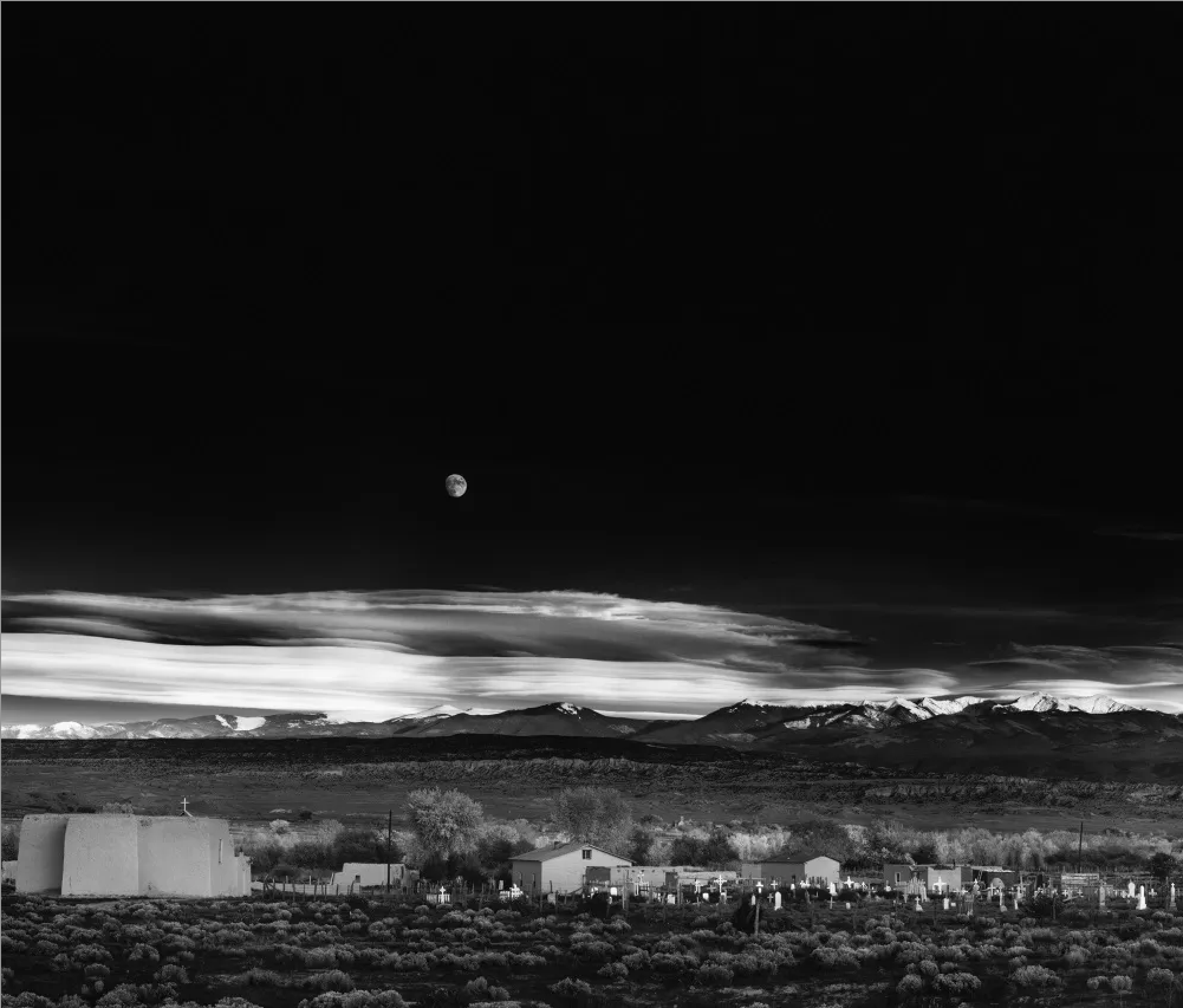
















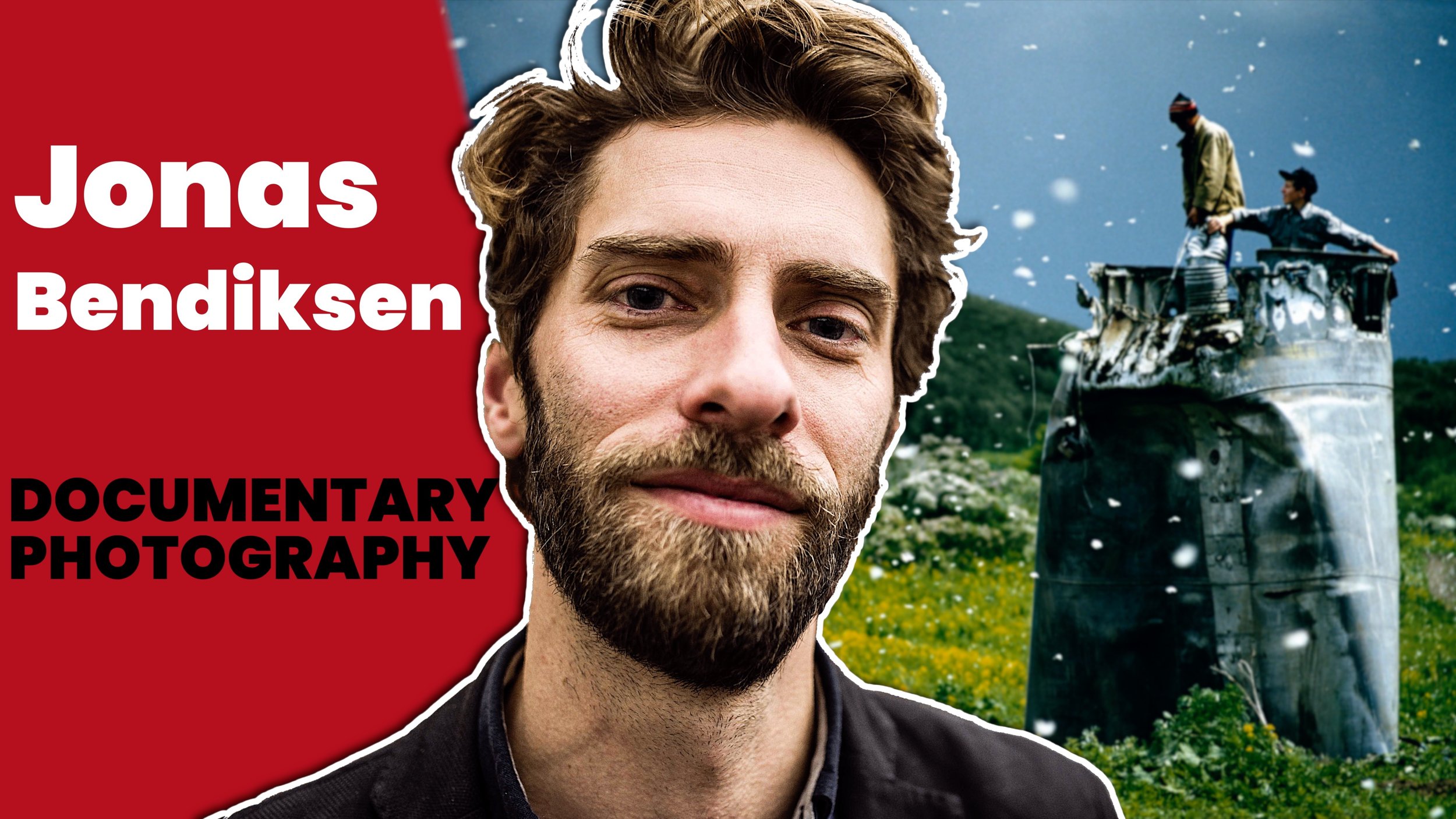














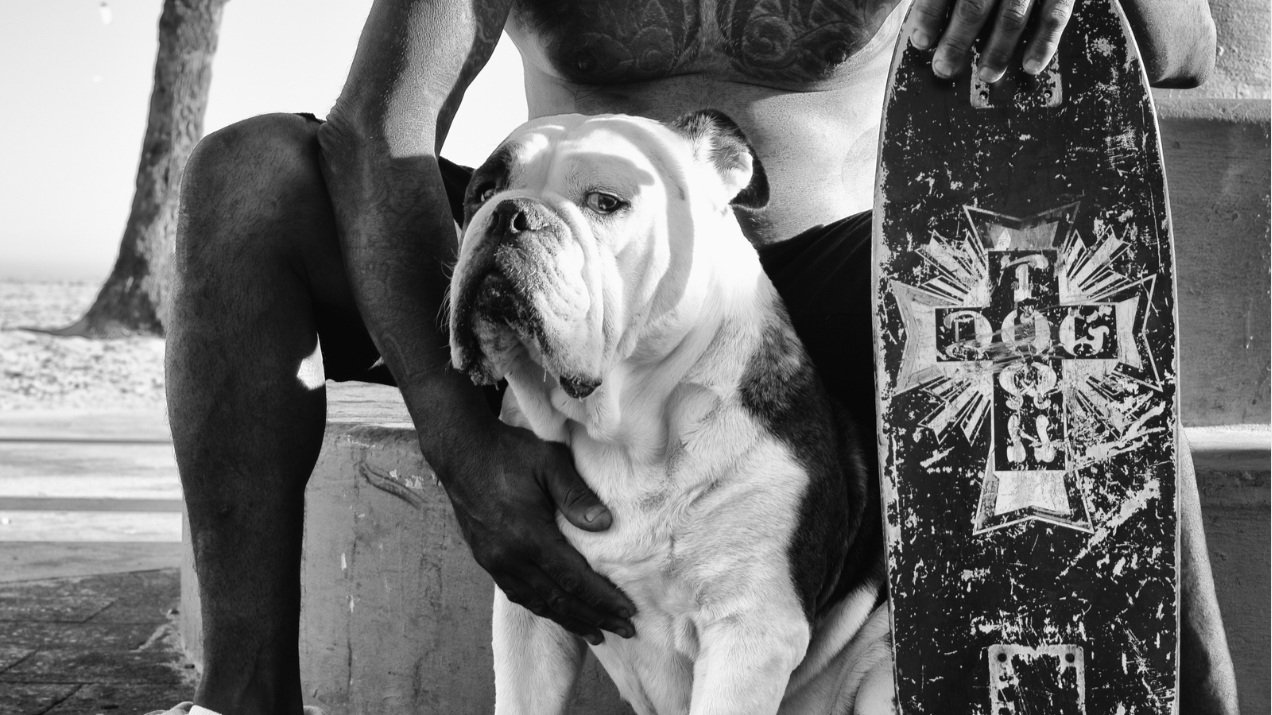
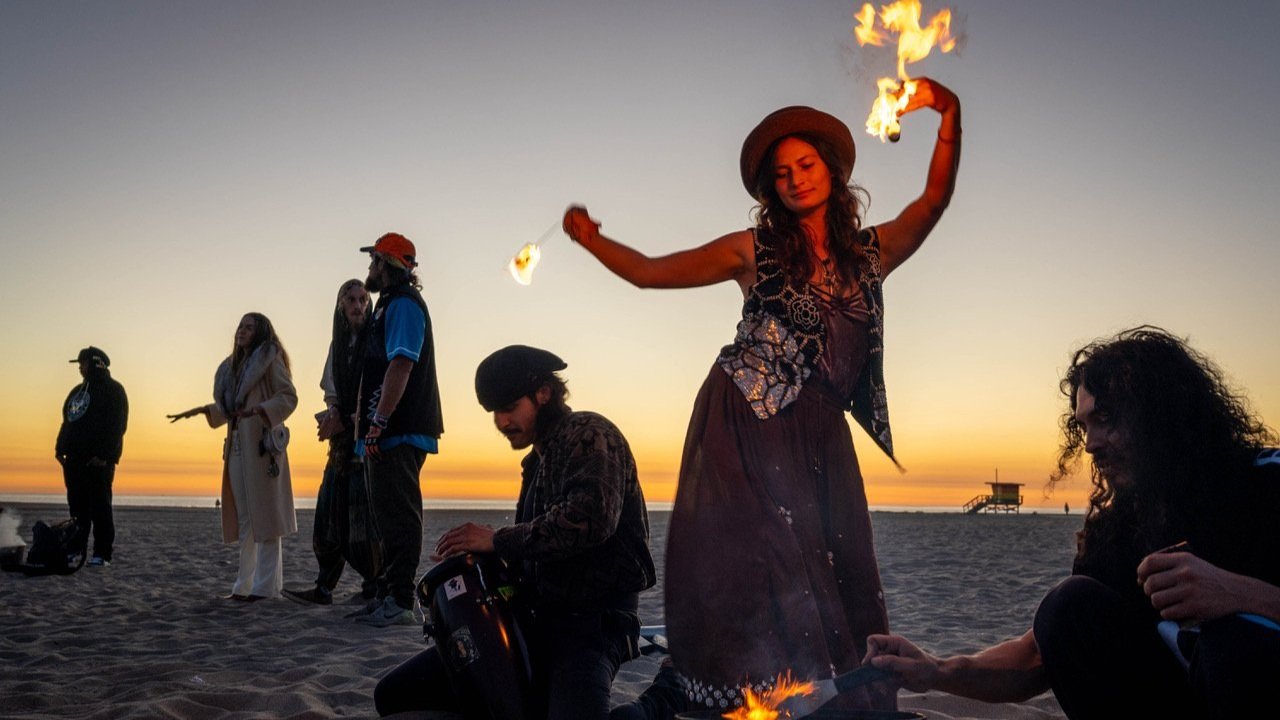
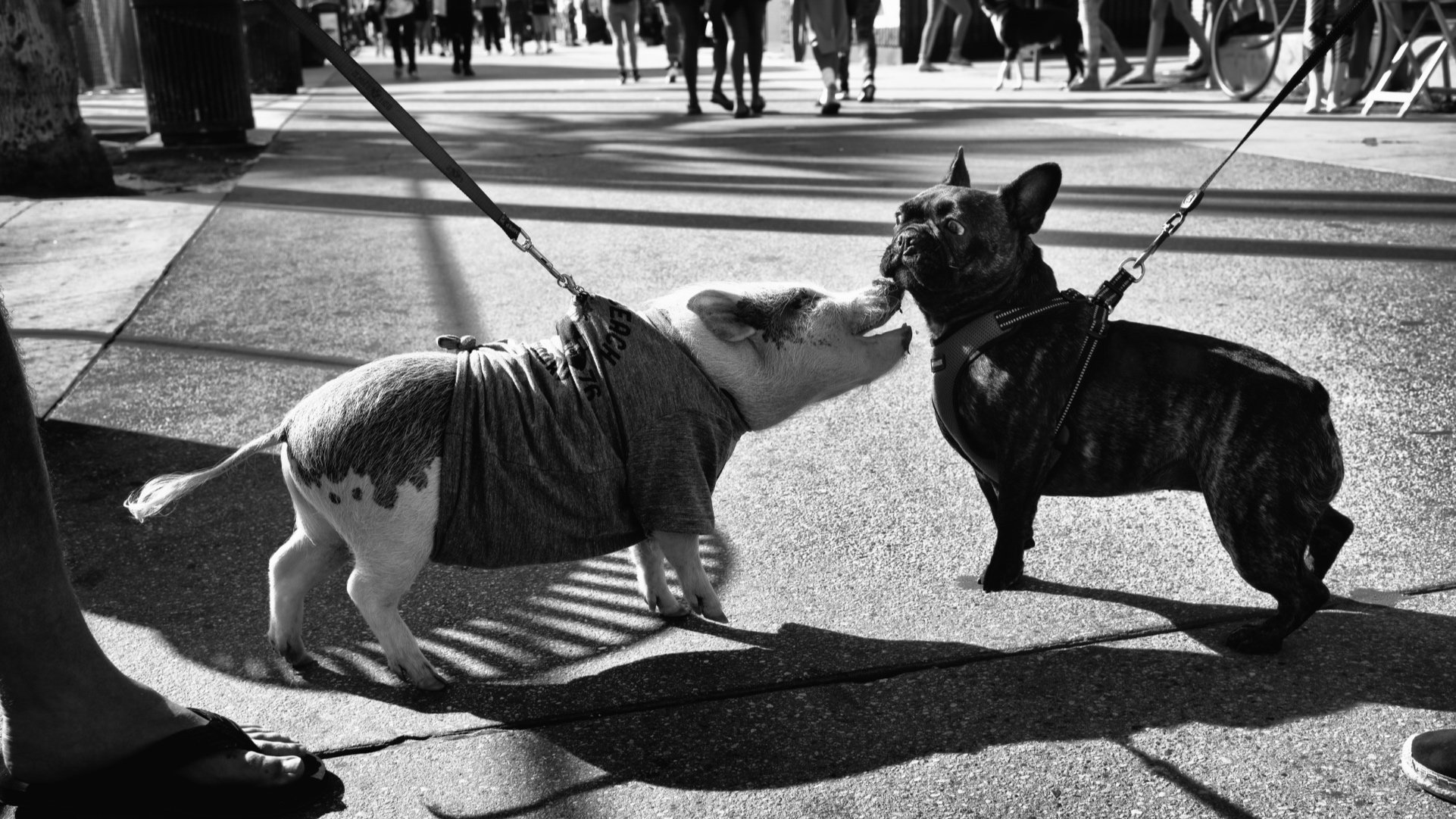
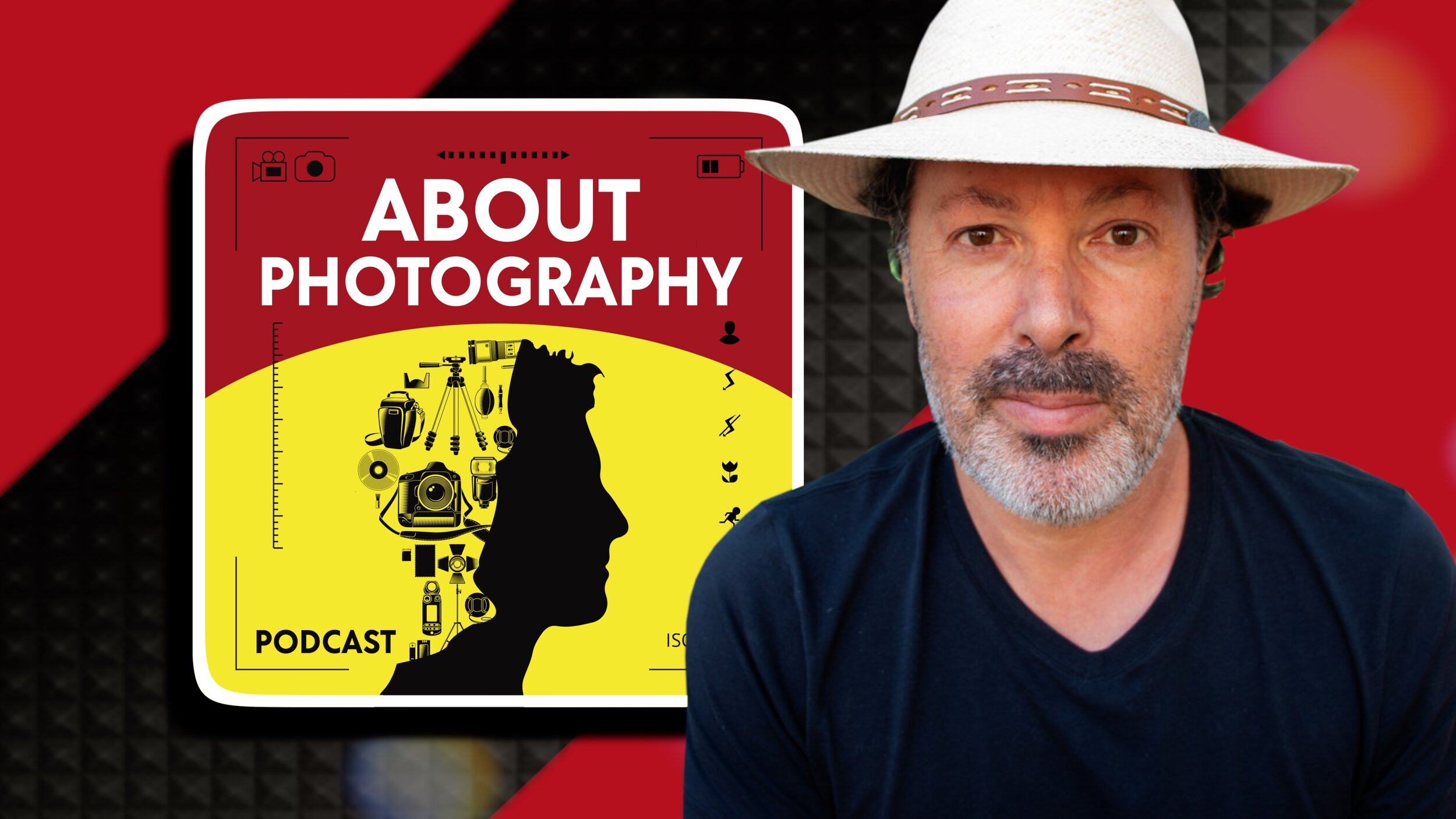


















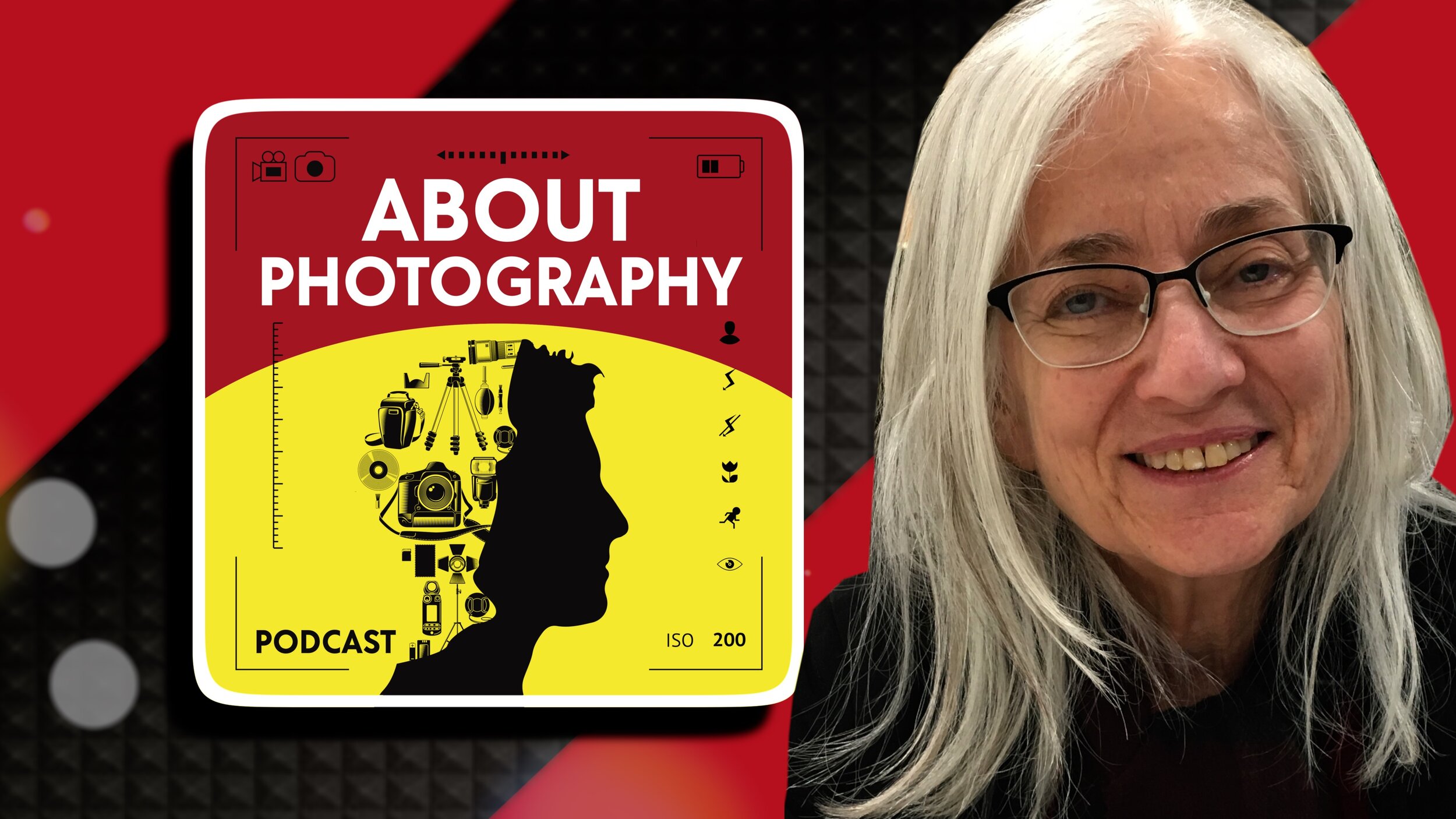




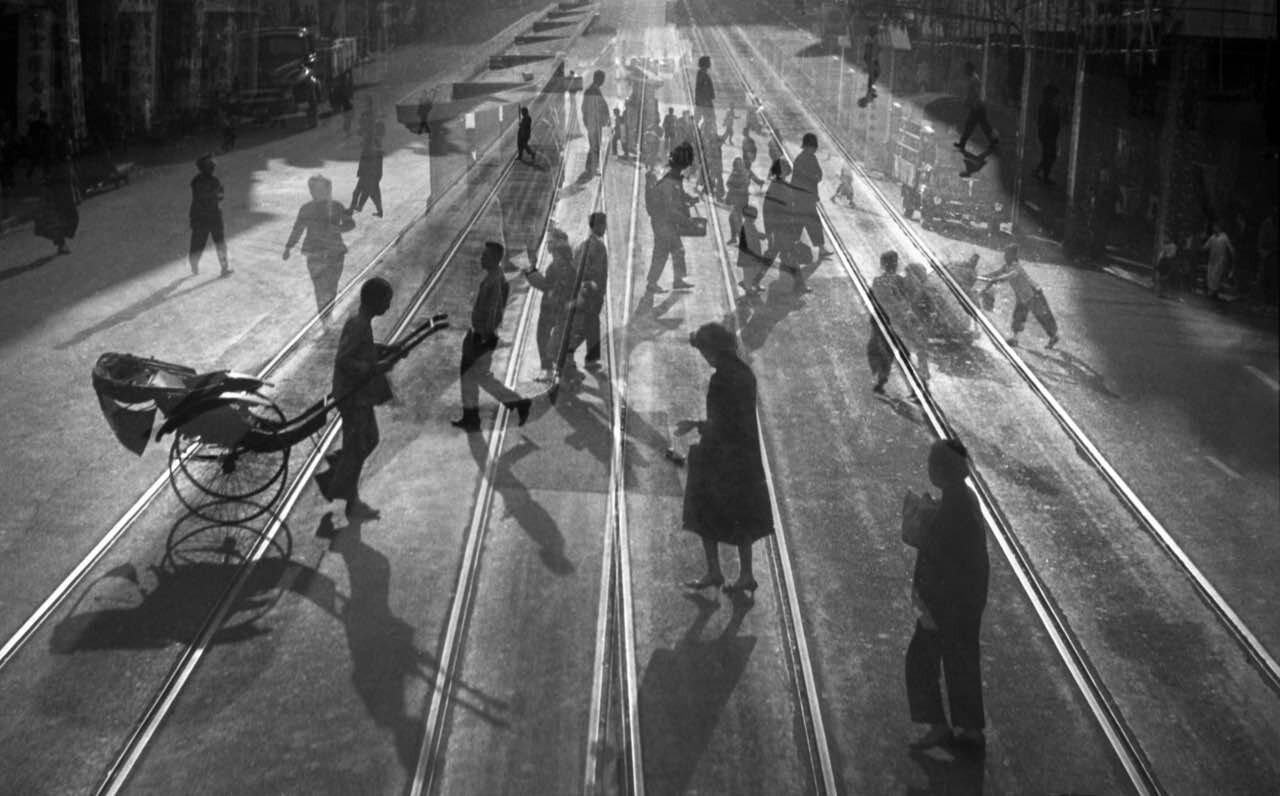
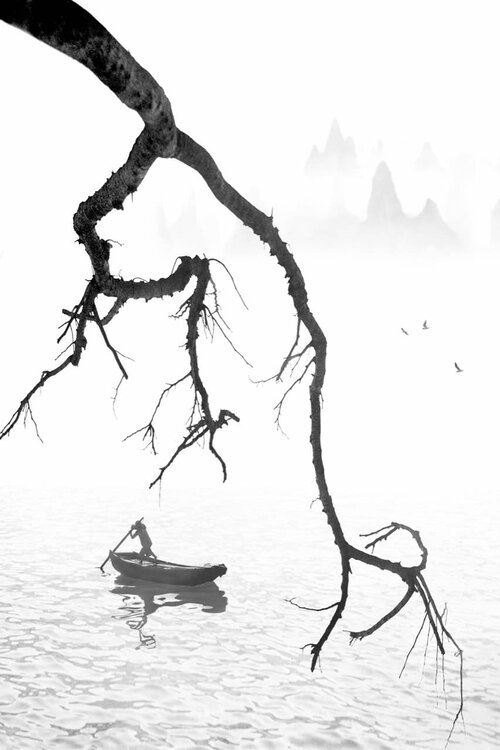
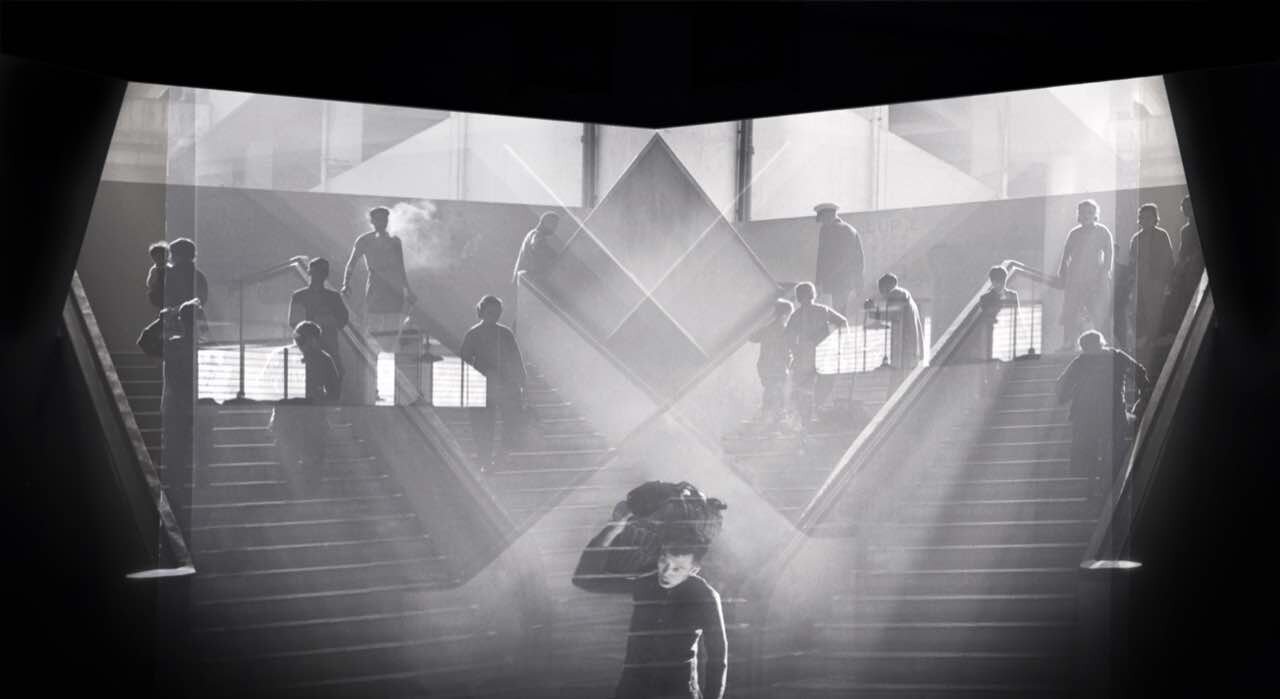
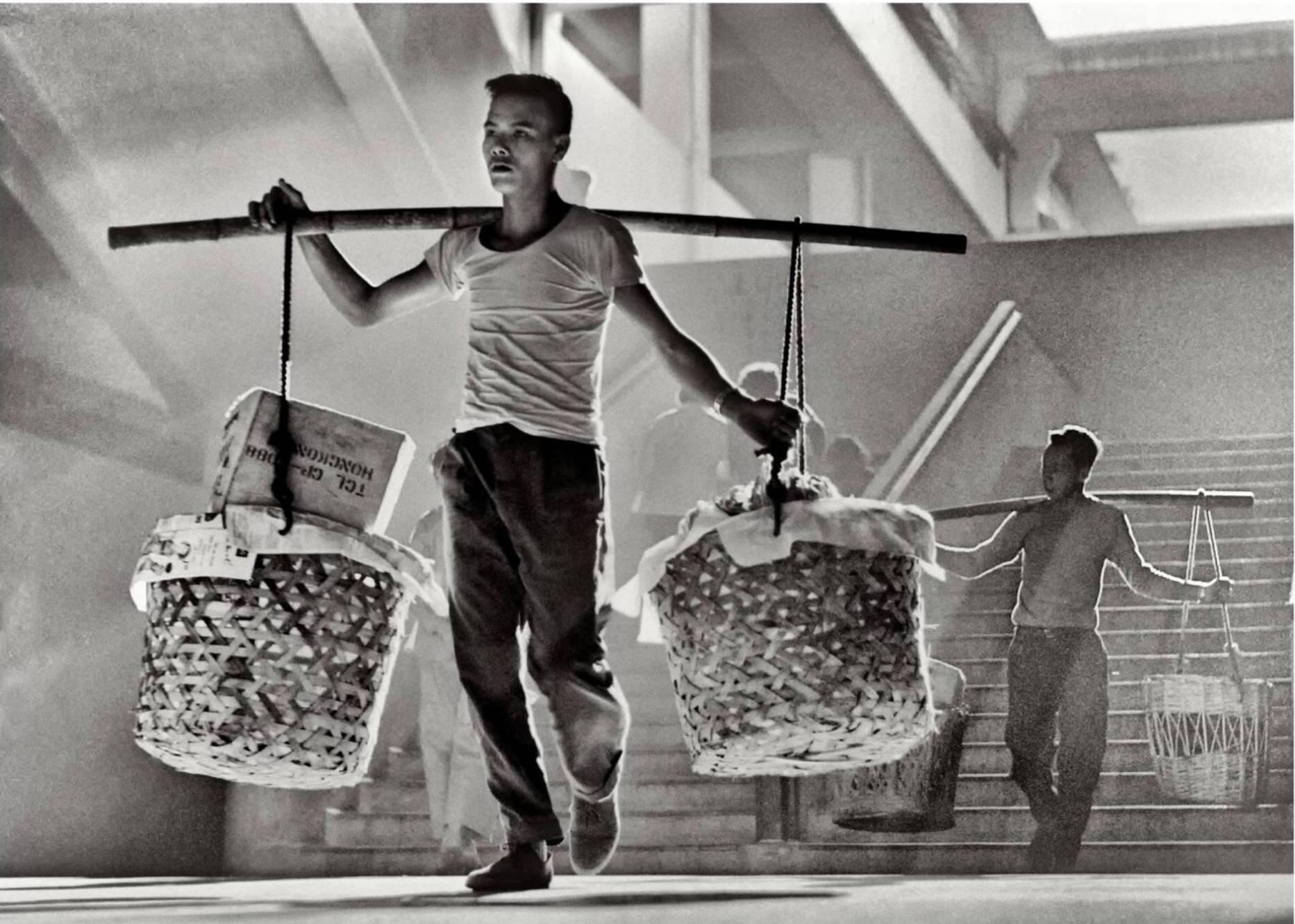
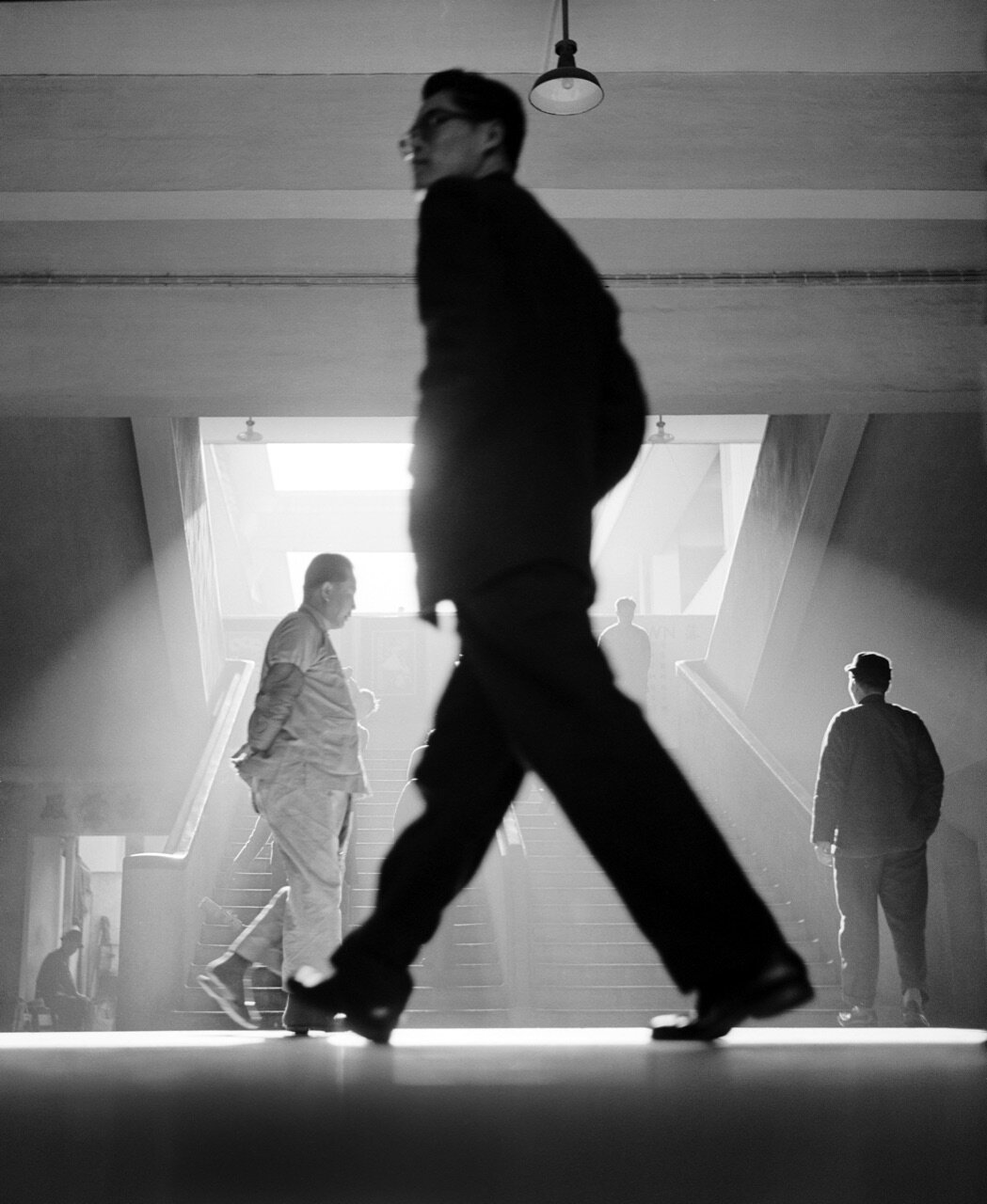




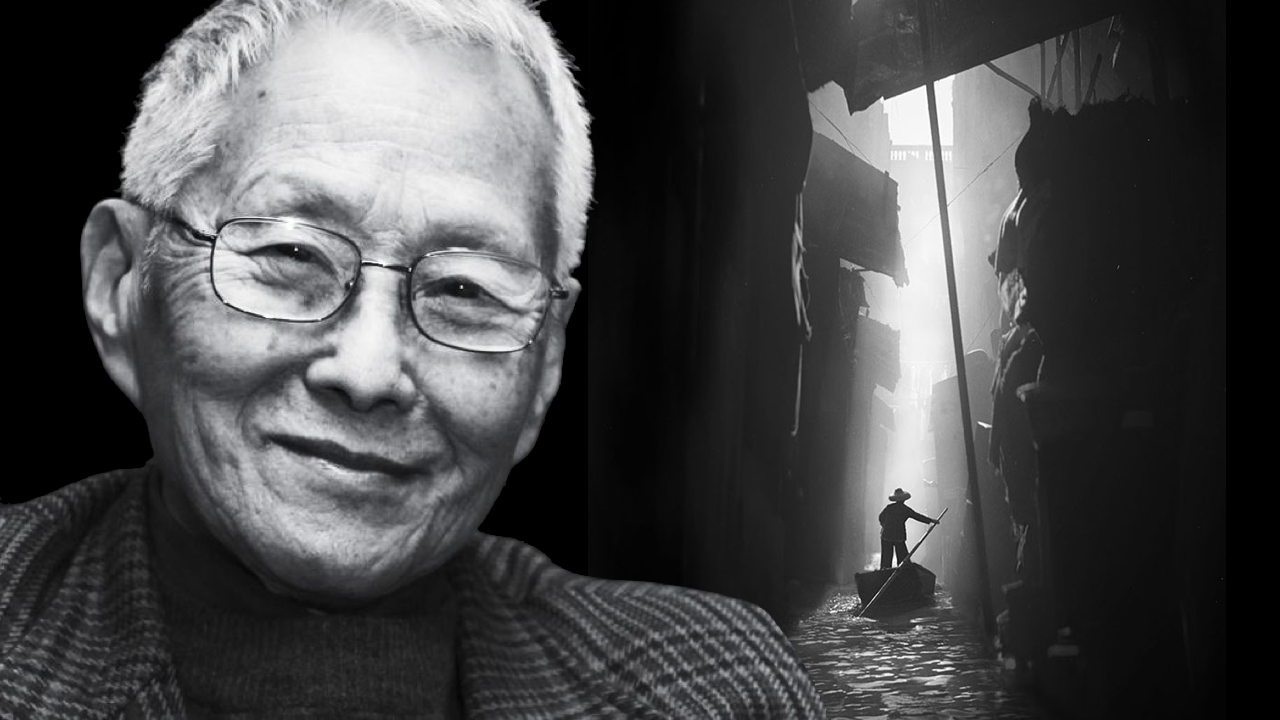





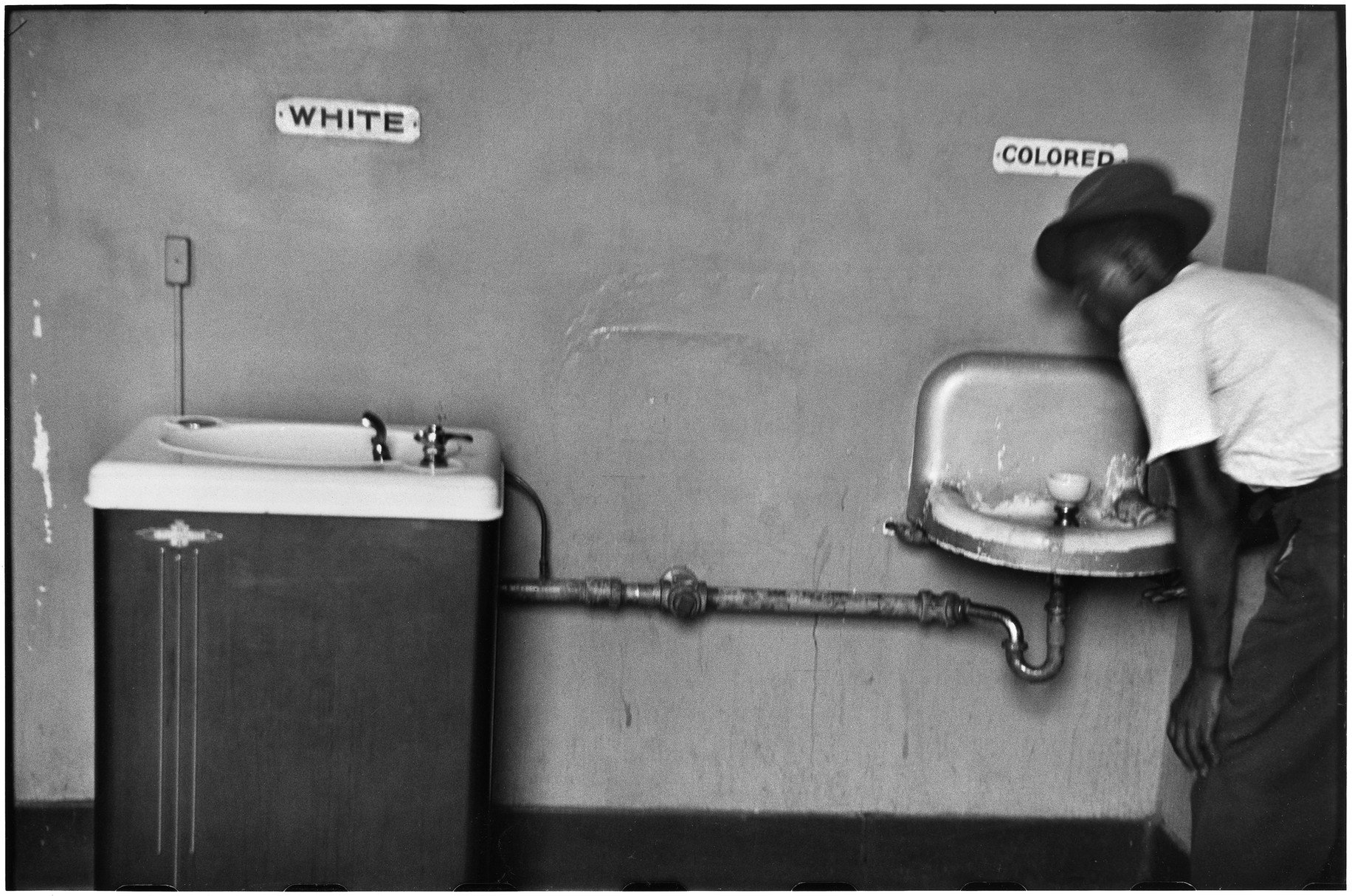




















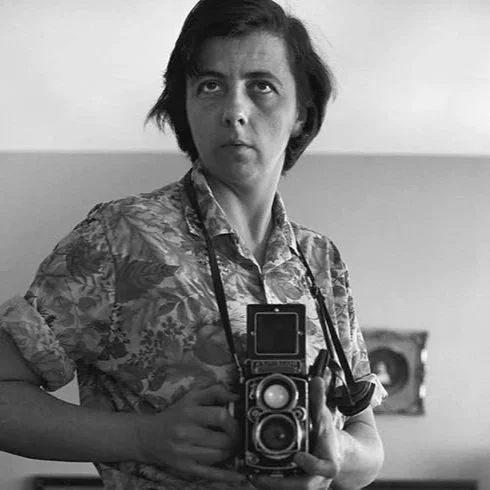













































Billions of pictures are being posted and shared on the internet every day. There are more cameras than people in the world nowadays. Photography is something we take for granted; something we can easily do whenever we want. But it wasn’t always like this.